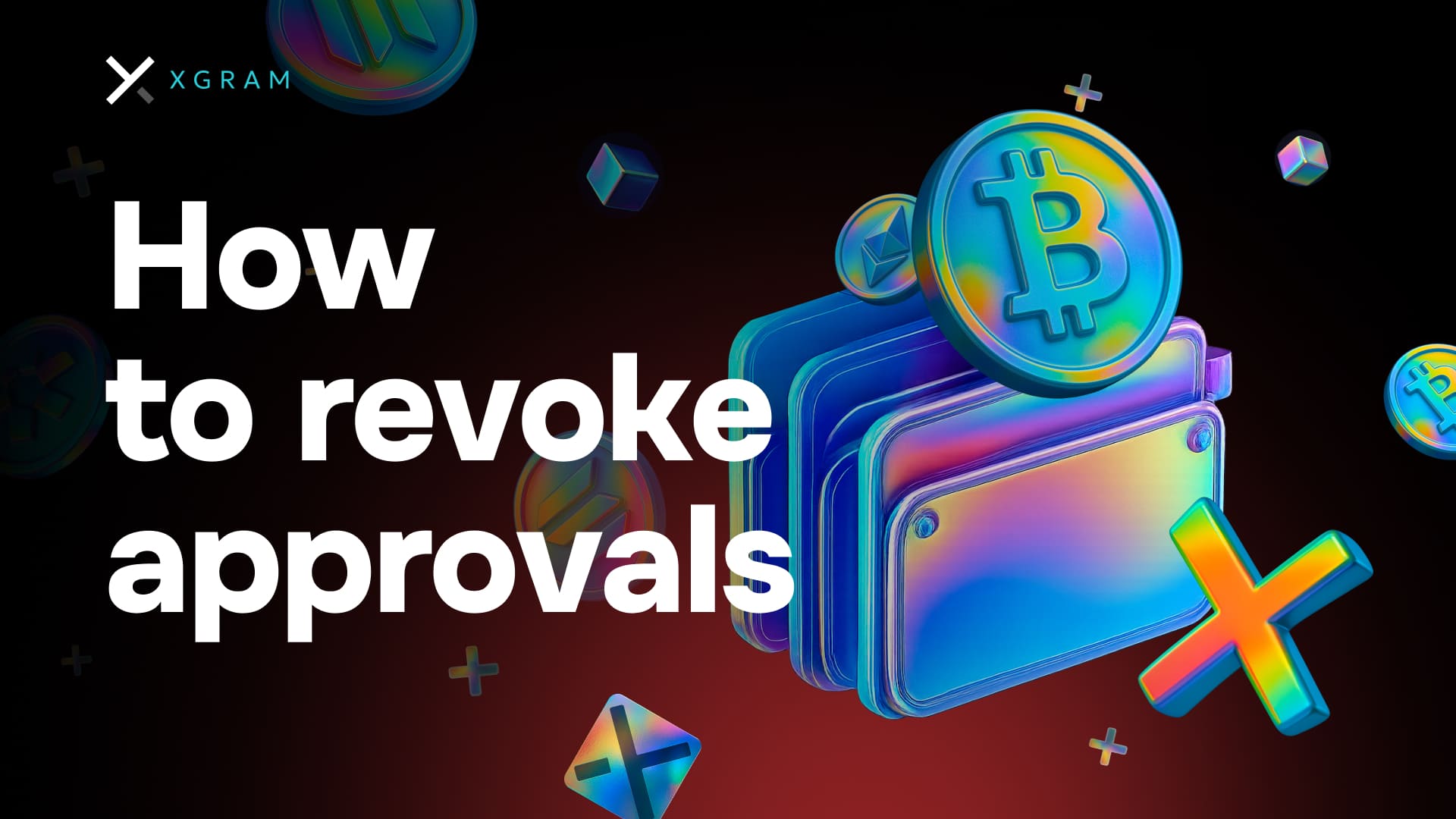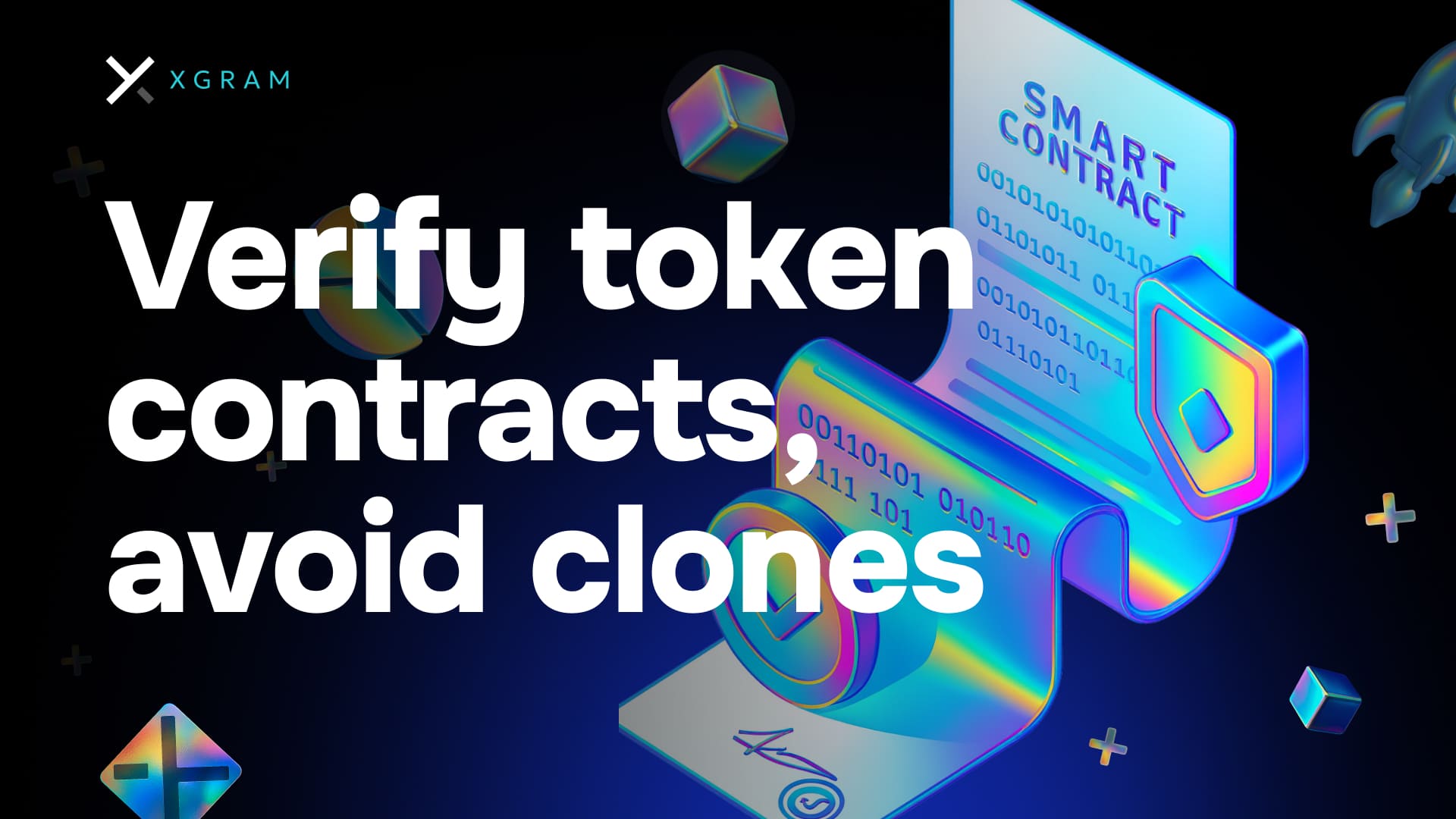1. Solana brushes past $200 as derivatives open interest hits record
SOL briefly reclaimed the $200 level on 23 July before a healthy 9 percent pull‑back to the $180 support zone. Futures open interest peaked at $12 billion, the highest on record, while funding rates hit quarterly highs—signalling aggressive leveraged longs and raising the risk of squeezes. Technical traders remain upbeat thanks to a fresh golden‑cross on the daily chart and a 56 percent monthly rally. Market depth shows the $180–$168 band as the key area bulls must defend for a renewed march toward the January all‑time high of $295.
2. Ripple co‑founder’s $175 million XRP sale rattles the market
Blockchain sleuths tracked four July transfers totalling 50 million XRP (≈ $175 million) from wallets linked to Ripple co‑founder Chris Larsen. On‑chain data show roughly $140 million of those tokens landed on centralised exchanges, knocking XRP 10 percent lower from its new all‑time high of $3.65.
Critics warn that Larsen still controls more than 2.8 billion XRP—an $8 billion cache that could keep downward pressure on price if liquidations continue. The episode has reignited long‑running debates about centralisation, founder allocations and whether XRP can ever be viewed as sufficiently decentralised.
3. Ethereum turns ten and launches the “Ethereum Torch” NFT
To celebrate the decade since its first block on 20 July 2015 (mainnet went live on 30 July), the Ethereum Foundation kicked off a 10‑day relay of a single commemorative NFT dubbed the Ethereum Torch. The token is passed from wallet to wallet each day, symbolising the network’s open‑source ethos, and will be burned on 30 July.
At that moment a free‑mint, limited‑edition NFT will open to the public, giving every user a digital keepsake of the milestone. Analysts note the campaign coincides with a 300 percent surge in Ethereum NFT trading volume since the start of July.
4. Starlink suffers first‑ever global outage
SpaceX’s Starlink satellite‑internet constellation went dark for roughly 2.5 hours on 24 July, disconnecting tens of thousands of users across more than 140 countries. Vice‑president Michael Nicolls confirmed the culprit was a failure in “key internal software services” that manage the core network.
Industry analysts described the disruption as Starlink’s longest and most far‑reaching to date, sparking debate over whether a botched software patch or a cyber‑intrusion triggered the blackout. The incident highlights the growing dependence of governments, remote businesses and telecom carriers on Starlink’s low‑Earth‑orbit infrastructure.
5. SpaceX consolidates 1,308 BTC after three years of silence
Arkham Intelligence flagged an outbound transfer of 1,308 BTC (≈ $153 million) from 16 legacy addresses to a single SegWit wallet on 22 July. It marks SpaceX’s first on‑chain movement since 2022 and leaves the company with about 6,977 BTC valued near $818 million. While neither Elon Musk nor SpaceX commented on motive, analysts see the move as strategic housekeeping ahead of possible treasury actions or collateral requirements for government contracts. The shuffle underlines SpaceX’s quiet status as one of the world’s largest corporate Bitcoin holders.
6. OpenAI rolls out ChatGPT Agent for Pro, Plus and Team users
OpenAI’s 17 July release adds full “agentic” capabilities to ChatGPT, letting the model navigate websites, run code, manage calendars and even generate presentations end‑to‑end. Users can connect Gmail, GitHub and other apps so the agent can fetch data, synthesize findings and deliver editable files.
Safety‑first guardrails require explicit user approval for high‑impact actions, and tasks can be paused or interrupted at any time. Industry watchers say the launch pushes consumer AI from static Q&A toward genuine task automation.
7. 3,500 websites hijacked by stealth Monero miner
Security researchers at c/side uncovered a worldwide campaign that has injected obfuscated JavaScript miners into more than 3,500 websites, mostly vulnerable WordPress and e‑commerce portals. The code gauges a visitor’s CPU, spawns Web Workers to keep loads low and tunnels traffic via WebSockets, defeating many standard defences. Researchers warn the attack revives the CoinHive‑era trend of “cryptojacking” but with far more advanced evasion tactics, making detection difficult for both site owners and endpoint security tools.
8. Whale scoops 45 CryptoPunks, boosts floor 20 percent
On‑chain data show an unidentified buyer spending 2,082 ETH (≈ $7.5 million) on 45 CryptoPunks on 21 July, the collection’s largest single‑day sweep since 2022. The spree lifted the floor price by roughly 15‑20 percent and sparked renewed interest in blue‑chip NFTs amid Ethereum’s price recovery. Analysts speculate the wallet is either a new institutional entrant or an existing fund rotating profits from memecoins into high‑profile collectibles. The move highlights how thin liquidity can accelerate price swings even in marquee NFT projects.
9. London court convicts four over botched ‘crypto‑millionaire’ kidnapping
Isleworth Crown Court found four defendants guilty of blackmail after they lured Belgian celebrity barber Quentin Cepeljac to a Shepherd’s Bush flat, convinced he held a massive crypto fortune. When the attackers discovered his wallet contained only $9 in tokens, they slashed their ransom demand from £500,000 to £2,000 before releasing him.
Police traced the gang via Airbnb records and phone data; sentencing is set for 5 September, with lengthy prison terms expected. The case underscores rising “wrench‑attack” risks tied to flaunting purported crypto wealth on social media.




